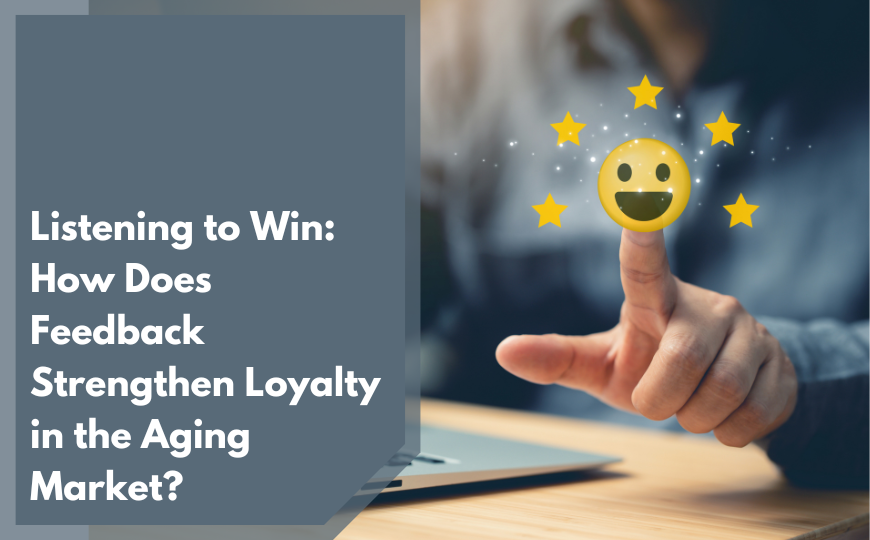A couple weeks ago I commented on an article, Clinton v Trump: Why the 2016 Presidential Election will turn Social Media into a War Zone, regarding the presidential election and social media. As promised, here is the follow-up to my article that contains social media statistics you should be aware of as well as how to minimize risk during the election season or any other external factor that may influence the success of your campaigns.
Since we are ending the election season, I did use the presidential election as the main example throughout this article. However, the points made within and the tips are applicable to almost every if not every external factor that impacts consumer behavior.
Over the last several weeks, I’m experiencing drastic changes in social media performance, mostly in Facebook. Although I was prepared for some change in performance, honestly, the degree to which this happened on some campaigns took me by surprise. However, the impact was minimal due to a well thought out media mix strategy. Before I share those tips with you, here are some social media statistics to keep in mind found in an August 31, 2015 article by Rhianna Artz, How Social Media Will Impact The 2016 Election.
• Nearly two-thirds (63 percent) said the quality of information about the candidates and issues on social media was the same or better than that from traditional media.
• Approximately 40 percent participated in a political discussion with others in their social networks and 28 percent said they displayed their political affiliation on their networks.
• Overall political engagement and participated showed: 25 percent donated money to a candidate or political party; 23 percent connected through social media; 13 percent subscribed to online news.
• Of those engaged or involved, 77 percent made political contributions online and/or through a website. 19 percent made a contribution through Facebook.
• 47 percent learned about policy issues from cable TV; 42 percent from broadcast news channels; 36% from public television, including C-SPAN and PBS.
• 72 percent do not display their party affiliation on social media;
• 19 percent defriend, block or hide a connection because of their political views — with liberals less tolerant of other views than conservatives.
This insights contained in this research again demonstrates how social media is changing how we obtain and connect with information and interact as citizens. However, what is doesn’t address is how non-political advertisers should adjust during election season to minimize negative consequences. Here are some tips on using media mix to help you prepare for the next election season – or any external events that may impact your digital marketing program.
So how do you adjust your media mix to make sure you are still meeting your goals and reaching your audience in this challenging marketing time? The answer is DIVERSIFICATION. While this is always a good marketing strategy, it is even more important in political years, especially if you typically rely on more traditional mediums.
- Do you have a heavy focus on social media? Move a percentage of your budget to online video. The technology around online video and the placement techniques available have really improved over the last year and a half. Some great options for mixing online video with your social media campaigns include:
- Buying a guaranteed audience – this will ensure you are reaching the same demographic of viewers in both social and video.
- Social behaviors – targeting audiences of interests of followers of your social platforms. This will increase the reach or frequency of your campaign, or viewers of your competitors videos.
- Testing various traditional online targeting – one of the key benefits of running online video is the additional targeting capabilities digital strategies offer.
- Do you have a heavy focus on radio? Move a portion of that budget to digital radio outlets. While most stations offer a streaming option, also look at placements available through Pandora or Spotify. They both have audio and visual placements available. And as with online video, digital stations have significantly more capabilities for audience targeting than traditional radio stations.
- Do your digital campaigns have a heavy focus on direct site placements with local sites or news sites? This is where we are really seeing the impact in political spending online. Some sites are seeing as much as a 16% increase in CPM. The opportunity here is to add in some programmatic strategies into your digital efforts. This addition, in conjunction with a more limited site direct strategy, will help to bring in your overall CPM at a more normal level and will help to increase the reach of your campaigns.
Again, although this article was specific to the election season, the information is transferable to any external factor that impacts consumer behavior. The main takeaway is that the key to success is a diversified marketing media strategy. Incorporating some of these strategies into your media mix this year can make your life a little easier. As always, if you need help with creating the most optimal strategy for your company, DirectiveGroupis here to help you.






